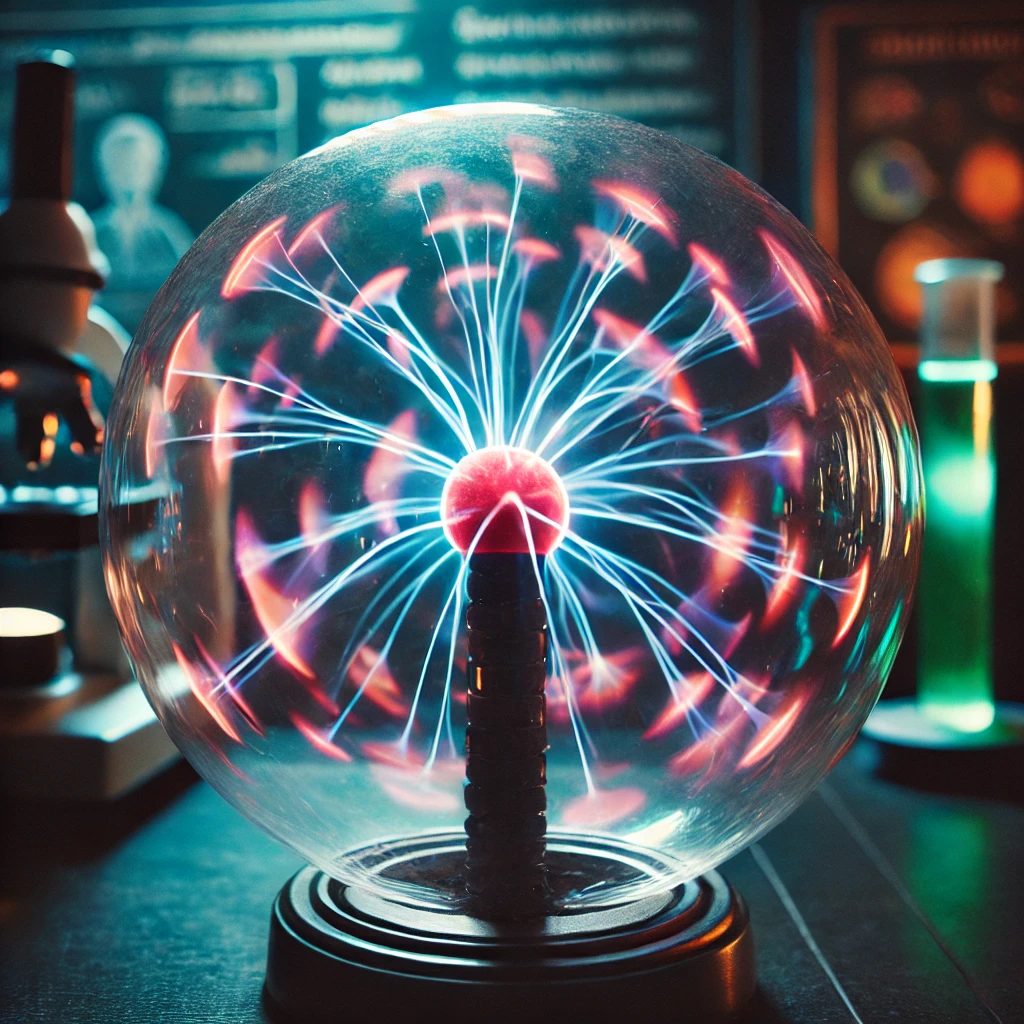Introduction
The question “Does halogen react to plasma ball?” intrigues many enthusiasts of science and technology. Both halogen lamps and plasma balls are unique in their operation and have distinct applications. While halogen lamps illuminate spaces efficiently, plasma balls are popular for their mesmerizing light displays. But what happens when these two come close? In this guide, we’ll dive deep into the science, safety, and practical implications of their interaction.
Fundamentals of Halogen Lamps
What is a Halogen Lamp?
A halogen lamp is a type of incandescent light bulb that operates using a tungsten filament and a small amount of halogen gas like iodine or bromine. These gases play a crucial role in enhancing the efficiency and lifespan of the bulb through a chemical process known as the halogen cycle.
How Does a Halogen Lamp Work?
When electricity flows through the tungsten filament, it heats up and emits light. The halogen gas helps redeposit evaporated tungsten back onto the filament, ensuring longer-lasting performance and brighter illumination.
Common Applications
Halogen lamps are widely used in:
- Household lighting
- Automotive headlights
- Stage lighting
- Outdoor floodlights
Fundamentals of Plasma Balls
What is a Plasma Ball?
A plasma ball is a decorative device filled with noble gases such as neon, argon, or xenon at low pressure. At the center is a high-voltage electrode that emits colorful plasma filaments when electricity ionizes the gas.
How Does a Plasma Ball Work?
The high-voltage electrode generates electromagnetic fields, causing the gases to ionize and produce visible, colorful filaments. These filaments stretch toward the glass when touched, creating an interactive and visually captivating effect.
Common Uses
Plasma balls are primarily used for:
- Educational demonstrations
- Decorative purposes
- Science experiments
Electromagnetic Fields and Their Effects
Electromagnetic fields (EMFs) are central to the operation of plasma balls. These fields are generated by the high-voltage electrode and can influence nearby objects, including electronic devices and certain types of light bulbs. Understanding these effects is key to exploring the interaction between plasma balls and halogen lamps.
Interaction Between Halogen Lamps and Plasma Balls
What Happens When They Are Near?
When a halogen lamp is brought close to a plasma ball, the electromagnetic fields from the plasma ball can induce a current in the lamp. This phenomenon occurs due to the ionization of gases inside the lamp, which may cause it to emit light temporarily.
Factors Influencing Interaction:
- Distance: The closer the halogen lamp is to the plasma ball, the stronger the interaction.
- Voltage of the Plasma Ball: Higher voltages produce stronger electromagnetic fields.
- Gas Composition in the Lamp: Different gases may react differently to ionization.
Observed Effects:
- Temporary light emission from the halogen lamp
- Potential minor electrical interference
Safety Considerations
Risks of Interaction
While it may be fascinating to observe the interaction, certain risks are involved:
- Electrical discharge may damage sensitive components in halogen lamps.
- Prolonged exposure could reduce the lifespan of the lamp.
Safety Tips
- Maintain a safe distance between the plasma ball and halogen lamp.
- Avoid direct contact between the plasma ball and conductive materials.
- Follow manufacturer guidelines for both devices.
Experimental Observations
Documented Experiments
Experiments demonstrate that halogen lamps can briefly light up when placed near a plasma ball. The table below summarizes common observations:
| Distance from Plasma Ball | Reaction in Halogen Lamp |
| 5 cm | Flickering light observed |
| 10 cm | Minimal reaction |
| 20 cm | No observable effect |
Analysis
The intensity of the reaction diminishes with increased distance. Close proximity allows electromagnetic fields to ionize the gases in the lamp, causing light emission.
Theoretical Explanations
Role of Ionization
The ionization of gases inside the halogen lamp occurs due to the high-frequency electromagnetic fields from the plasma ball. This process creates temporary light emission.
Comparison with Other Lamps
Fluorescent and neon lamps exhibit similar behaviors when near a plasma ball. However, halogen lamps react less intensely due to differences in their gas composition and internal pressure.
Practical Implications
For Science Enthusiasts
The interaction provides a practical demonstration of electromagnetic induction and ionization, making it a valuable educational tool.
FAQs
Understanding the interaction can help hobbyists safely conduct experiments and explore the science behind it.
Does the size of the plasma ball affect its interaction with halogen lamps?
- Yes, the size of the plasma ball can influence the strength and range of the electromagnetic fields it generates. Larger plasma balls typically produce stronger fields, potentially leading to more noticeable reactions in nearby halogen lamps.
Are there any specific gases in halogen lamps that react more to plasma balls?
- While halogen lamps contain gases like iodine or bromine, the primary factor in the interaction is the ionization process. However, variations in gas composition might slightly affect the intensity of the reaction.
Can proximity to a plasma ball reduce the lifespan of a halogen lamp?
- Prolonged exposure to the electromagnetic fields of a plasma ball may stress the components of a halogen lamp, especially the filament, potentially shortening its lifespan over time.
How does room humidity or air pressure affect the interaction between plasma balls and halogen lamps?
- High humidity or low air pressure can influence the behavior of plasma arcs and the ionization process. These factors may alter the visible effects observed in halogen lamps near plasma balls.
What precautions should be taken when using a plasma ball near halogen lamps in a science experiment?
- Ensure both devices are placed on non-conductive surfaces, maintain a safe distance to prevent unwanted electrical discharge, and avoid direct contact to protect the integrity of both the lamp and the plasma ball.
Conclusion
In summary, halogen lamps do react to plasma balls due to the electromagnetic fields generated by the latter. This interaction, while fascinating, requires caution to avoid damaging the lamp or other electronic devices. By understanding the science behind this phenomenon, enthusiasts can safely explore its potential for educational and experimental purposes.
Nike ACG Air Trigo All Trac: The Ultimate Guide to a Vintage Outdoor Icon
Kenneth Young Townville PA Obituary: A Life Well-Lived
Everest Base Camp Trek: What to Expect from Your Sherpa Expedition
4th Watanabe Kazuyo Kids Cup Go: A Comprehensive Guide
The Ultimate Guide to the Cracked Pink Zek Top



